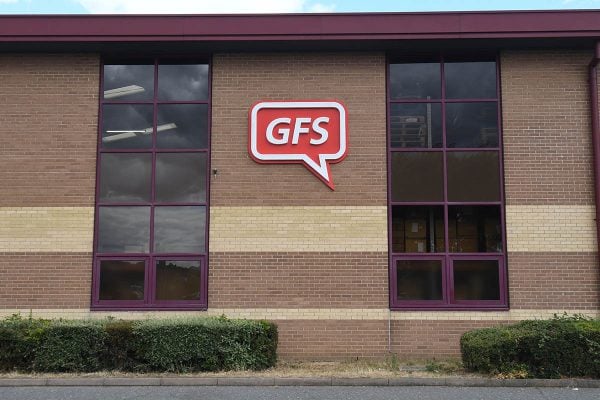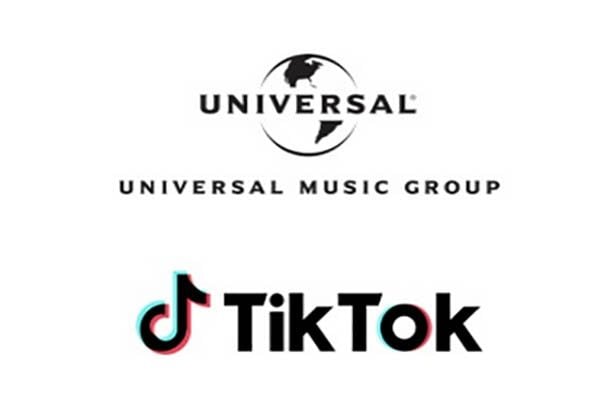On Friday, the Chancellor announced that the Coronavirus Job Retention Scheme will close at the end of October. In the mean time flexible furlough arrangements will be introduced to help ease employees back to work. At the same time, employers will be asked to start help fund the cost of furloughed workers with ‘a new taper requiring employers to contribute modestly to furloughed salaries from August’.
Realistically, this is the time that workers will discover that their jobs still exist. We’ve heard of many ‘holes’ in the Coronavirus Job Retention Scheme such as new starters, some of whom were fortunate enough to be taken back on by their old employers in order to be furloughed. These employees can expect to be instantly laid off the minute their old employer who they had actually left are asked to contribute towards their salaries.
To introduce this new, flexible furlough from the 1st of July, the Chancellor has said that he needs to close the old scheme to new entrants on the 30th of June. Employers wanting to place new employees on the scheme will need to do so by the 10th of June, to allow time to complete the minimum furlough period before then.
“Our top priority has always been to support people, protect jobs and businesses through this crisis. The furlough and self-employment schemes have been a lifeline for millions of people and businesses. We stood behind Britain’s businesses and workers as we came into this crisis and we stand behind them as we come through the other side. Now, as we begin to re-open our country and kickstart our economy, these schemes will adjust to ensure those who are able to work can do so, while remaining amongst the most generous in the world.”
– Rishi Sunak, Chancellor
Flexible Furlough
From the 1st of July 2020, businesses can take advantage of flexible furlough arrangements, a month earlier than previously announced, to help support people back to work. Individual firms will decide the hours and shift patterns their employees will work on their return, so that they can decide on the best approach for them – and will be responsible for paying their wages while in work.
From August 2020, the level of government grant provided through the job retention scheme will be slowly tapered to reflect that people will be returning to work. Employers will be asked to pay salaries for the hours that people actually work, but will also be asked to pay a contribution for their salaries for hours that they don’t work. There can be little debate that this is designed to strongly incentivise employers to get people back to full time work as quickly as possible, but the reality is that it will also lead to redundancies.
Coronavirus Job Retention Scheme flexible furlough timetable
June and July
The government will pay 80% of wages up to a cap of £2,500 as well as employer National Insurance (ER NICS) and pension contributions. Employers are not required to pay anything.
10th of June, deadline for putting employees on original furlough scheme
August
The government will pay 80% of wages up to a cap of £2,500. Employers will pay ER NICs and pension contributions – for the average claim, this represents 5% of the gross employment costs the employer would have incurred had the employee not been furloughed.
September
The government will pay 70% of wages up to a cap of £2,187.50. Employers will pay ER NICs and pension contributions and 10% of wages to make up 80% total up to a cap of £2,500. For the average claim, this represents 14% of the gross employment costs the employer would have incurred had the employee not been furloughed.
October
The government will pay 60% of wages up to a cap of £1,875. Employers will pay ER NICs and pension contributions and 20% of wages to make up 80% total up to a cap of £2,500. For the average claim, this represents 23% of the gross employment costs the employer would have incurred had the employee not been furloughed.
“After eight months of this extraordinary intervention of the government stepping in to help pay people’s wages, the scheme will close.”
– Rishi Sunak, Chancellor
Will flexible furlough help your business?
For many ecommerce companies, the government said that they should continue to trade through the Coronavirus pandemic and that online retail was actively encouraged. If you closed through choice rather than necessity you should plan to reopen your business as swiftly as possible.
However there are many businesses already worrying about how to fund salary contributions under flexible furlough – those in the hospitality and leisure sectors don’t yet even have a date when their businesses may be able to reopen and when they do their income may be seriously restricted due to social distancing measures. Equally there are some online businesses for whom demand for their products has literally vanished and won’t recover for some time – for instance those in the party supply and wedding favours business aren’t likely to see recovery instantly bounce back in a world of social distancing.
There is no question that the measures the Chancellor put in place to save jobs under the Coronavirus Job Retention Scheme are unprecedented. However, he has been honest and pointed out on multiple occasions that he can’t save every job, every business and every charity. The flexible furlough where businesses start being asked to contribute towards wages will start to reveal how many jobs and businesses have been saved and sadly how many jobs are gone and how many businesses are no longer viable.









